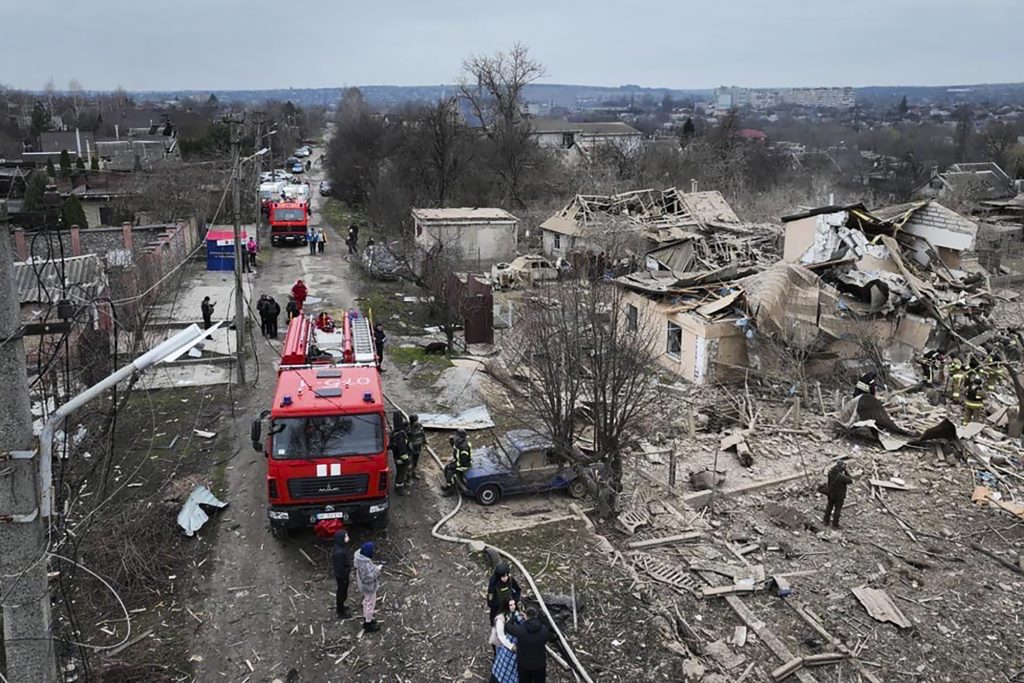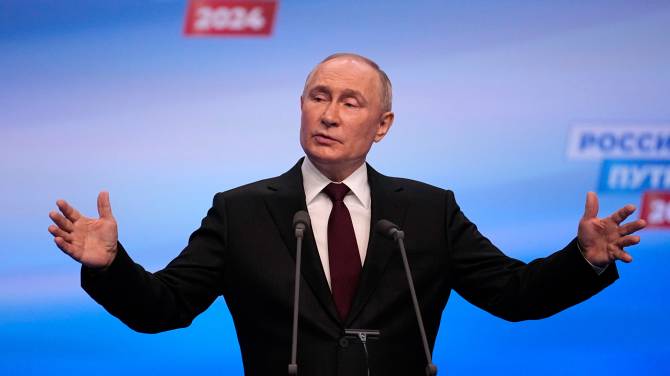Russia carried out its largest air strike on Ukrainian energy infrastructure during the war, hitting a large dam, resulting in at least five deaths and leaving over a million people without electricity, according to Kyiv.
Ukraine, which has been urging allies to provide more air defenses, mentioned that emergency power supplies were received from Poland, Romania, and Slovakia as seven regions faced blackouts.
The attack by Russia, which had previously vowed to retaliate against Kyiv for conducting attacks and strikes during its presidential election, brought back memories of the first winter of the invasion when Moscow regularly bombed the power grid.
“Russia is at war against people’s ordinary lives. My condolences to the families and loved ones of those killed in this terror,” President Volodymyr Zelenskyy wrote on Telegram messenger.
Russia denies deliberately targeting civilians, although the war, which began with its full-scale invasion in February 2022, has resulted in thousands of deaths, the displacement of millions, and the destruction of Ukrainian towns and cities.
Moscow claims that attacks on Ukraine’s power infrastructure are legitimate strikes aimed at weakening the enemy’s military.
Ukraine’s largest dam, the DniproHES in the southern city of Zaporizhzhia, suffered strikes to its hydraulic structures and to the dam itself, according to state hydropower company Ukrhidroenergo, which mentioned that there was no risk of a breach.
The company’s director Ihor Syrota stated that both its power blocks and the dam had been damaged, with one of the blocks sustaining two direct strikes.
“There is currently a fire at the station. Emergency services and energy workers are working on the spot, dealing with the consequences of numerous airstrikes,” the company said.
'THE WORLD SEES'
At least five people were killed, two in the western Khmelnytskyi region and three in Zaporizhzhia, including at least one at the dam, according to the local administration and general prosecutor’s office.
Russia fired 88 missiles and 63 Shahed drones, of which only 37 and 55 were shot down, respectively, according to the Ukrainian air force, with the attacks concentrated in the regions of Kharkiv, Dnipropetrovsk, and Zaporizhzhia.
This represented a worse ratio than usual, possibly due to Moscow’s widespread use of ballistic missiles, which are harder to intercept, and the proximity of the targeted regions to Russian-controlled areas.
Around 1.2 million people in at least four regions were left without power due to the attacks, with approximately 700,000 of those in the eastern region of Kharkiv alone, as reported by presidential aide Oleksiy Kuleba on Telegram.
“The goal is not just to damage, but to try again, like last year, to cause a large-scale failure of the country’s energy system,” Energy Minister German Galushchenko wrote on Facebook.
“Russia launched the largest combined attack on the Ukrainian energy system since the beginning of the full-scale invasion,” grid operator UkrEnergo cited their head, Volodymyr Kudrytskyi, as saying. It reported blackouts in seven regions.
President Volodymyr Zelenskyy mentioned that there are efforts in progress to fix power supply in nine regions.
“The world can clearly see the targets of Russian terrorists: power plants, energy supply lines, a hydroelectric dam, ordinary residential buildings, and even a trolleybus,” he stated.
DTEK, Ukraine’s biggest private energy company, reported that some of its thermal power plants were impacted.





